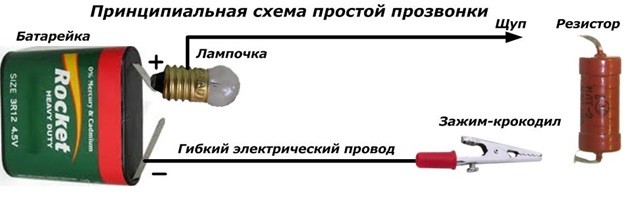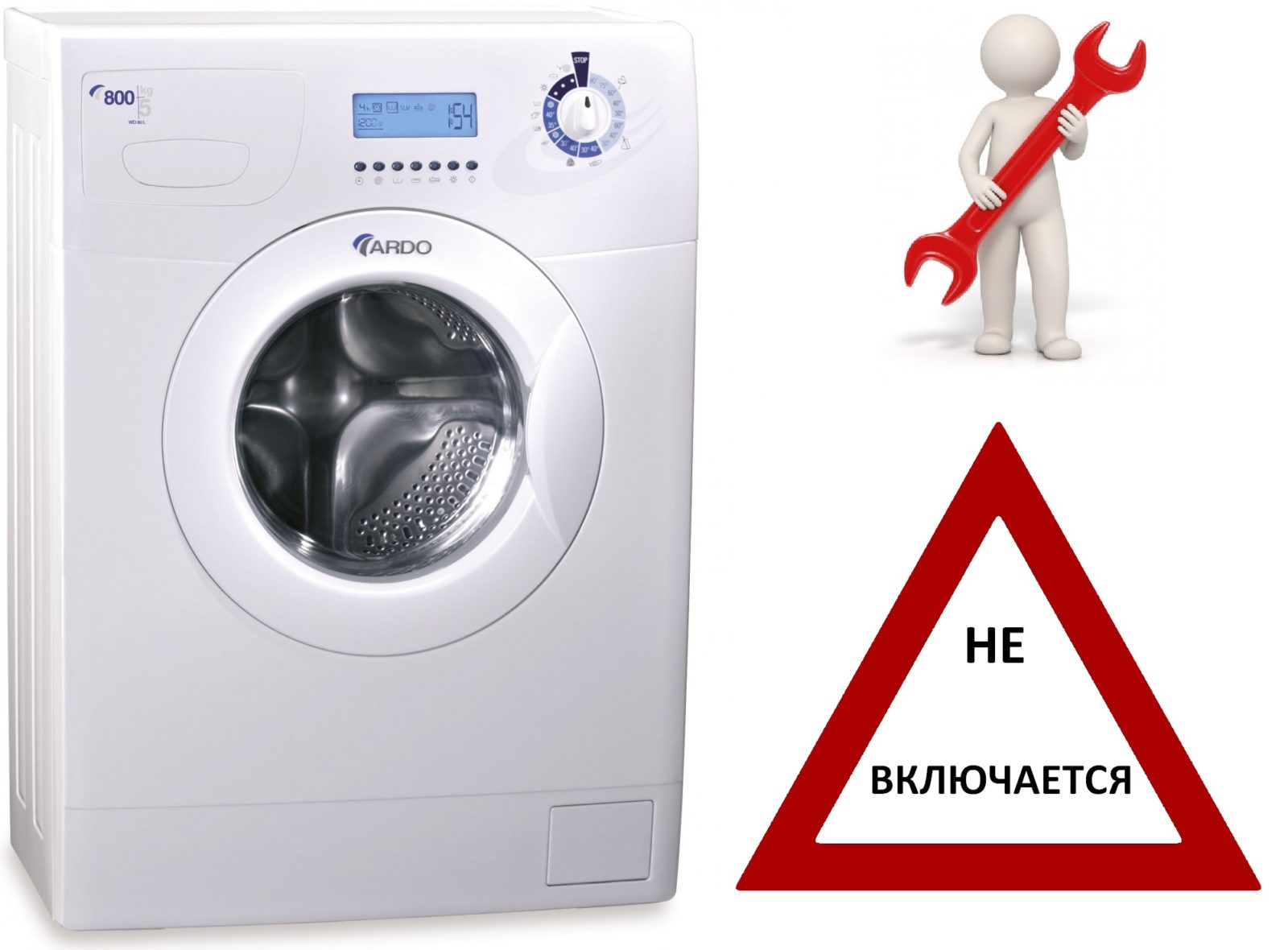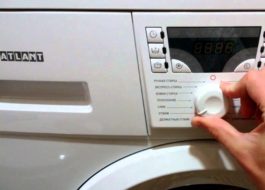Replacing the plug on a washing machine
 If there is a need to change the plug on the wire of the washing machine, then it is not necessary to rush to the service department. Almost anyone can cope with dismantling and subsequent installation, the main thing is to strictly follow the given instructions. The order of actions taken is different for Euro plugs and standard plugs, so we suggest that you familiarize yourself with each algorithm up to the control check of the power cord.
If there is a need to change the plug on the wire of the washing machine, then it is not necessary to rush to the service department. Almost anyone can cope with dismantling and subsequent installation, the main thing is to strictly follow the given instructions. The order of actions taken is different for Euro plugs and standard plugs, so we suggest that you familiarize yourself with each algorithm up to the control check of the power cord.
Euro fork repair on a typewriter
Before opening and replacing the plug, you must ensure that it is damaged. To do this, remove the plug from the socket and carefully inspect the housing and wires. If there are traces of soot, melting, or a burning smell, then repairs are inevitable. We prepare a knife, screwdrivers, pliers and get down to business:
It is recommended to first identify the reason why the plug burned out so that the situation does not happen again.
- Cut off the old Euro plug.

- Remove the top insulating layer from the cord by about 4-5 cm.
- We strip each wire by 1.5-2 cm.
- We twist the wires and cut them, leaving at least 1 cm of exposed wire.
- Using pliers, bend the ends of the wire.
- We inspect the wires. A standard power cord consists of 3 contacts: blue or light blue is zero, yellow-green is ground, and black, pink or brown is phase.
- We connect the wires to the new case, connecting the ground to the central contact, and the phase and zero to the other two (their location does not play a special role).
Next, we clamp the cord with a plastic jumper, which will securely fix it in the specified seat.Then we check all the clamps again and assemble the plug body. The final step will be tightening the main screw.
Repairing a regular old fork
Almost all modern washing machines have Euro plugs. But if desired, the European one can be replaced with a regular old Soviet-style plug. The same option remains if the living space does not have a grounding line. The basic procedure will be similar to the previous one, but there are several nuances. The instructions are as follows:
- cut off the damaged plug and disassemble its housing;
- remove the top layer of insulation by 5 cm;
- we strip the ends of the conductors by at least 1.5-2 cm, cutting off the excess with a knife;
- bend each core into a ring;
- We connect phase and neutral to the contacts, not paying attention to their polarity. If the cord also has a ground connection, it must be cut off - Soviet sockets do not have a ground connection.
Carefully select a new plug, as it must withstand the rated and maximum voltage of the network and the washing machine.

All that remains is to check the reliability of the fixation, tighten the housing and tighten the central screw. After connecting to the network, it is recommended to observe for a few minutes. If the plug melts, there is a burning smell, or smoke is coming out, it is necessary to disconnect the electrical wiring and find out the cause of the problem.
If the power cord is broken
Most often, a burnt out or melted plug is only the result of a short circuit that has occurred, and the source of the problem lies in something completely different. For example, in a broken power cord. The power cable suffers after being crushed by a heavy object or externally damaged by a snag on a sharp nail or corner.Therefore, we are not in a hurry to disassemble the adapter, but carefully inspect the surface of the wire for cracks, bends or burn marks.
Sometimes a quick external examination is not enough to identify internal damage, since the insulation layer hides the break of one of the conductors into two parts.
The easiest way to check the integrity of the cord is to use a multimeter. You just need to find the tester, switch it to “Buzzer” mode and ring the cable. If the device detects a current leak, a high-pitched squeak will be heard.
If it is necessary to test a chain longer than two meters, then an additional wire should be prepared and included in the overall circuit. When there is no spare conductor, there is another option - to twist the phase and zero at one end of the wiring. Next, connect the multimeter probes to the nearest contacts. This option has several advantages over the first one:
- you can check for leakage two wires connected in series into a single circuit at a time;
- there is no need to look for a compatible conductor and expand the circuit.

If you don’t have a multimeter at hand, you can verify the integrity of the conductor using a special homemade universal device. To make it you will need a 3.5 Volt Ilyich light bulb, a power battery (preferably a square one with a power of 4.5 Volts), two connecting wires and a gripping connector. We connect all the elements in the following sequence:
- connect a light bulb to the “plus” of the battery;
- We connect a flexible conductor with an alligator clip to the negative of the battery.
When working with high voltage, remember safety precautions, especially if there is a risk of current leakage.
It is better to first test the resulting device on an already familiar and working section of the network. It is enough to hook the clamp anywhere, and if the circuit is assembled correctly and current flows into the wire, the light bulb will light up. If there is no glow, we make a logical conclusion that there is a leak or a wire break.
If there are doubts about the integrity of the cord and plug or there are obvious traces of melting and burning, immediate action must be taken. Knowing what to do first and how to make repairs, you can protect your life, health and property.
Interesting:
1 reader comment
Add a comment Cancel reply
Categories
Washing machine repair


For buyers

For users

Dishwasher

















Changed the plug. The machine stopped working. But it turns on. What does it mean?